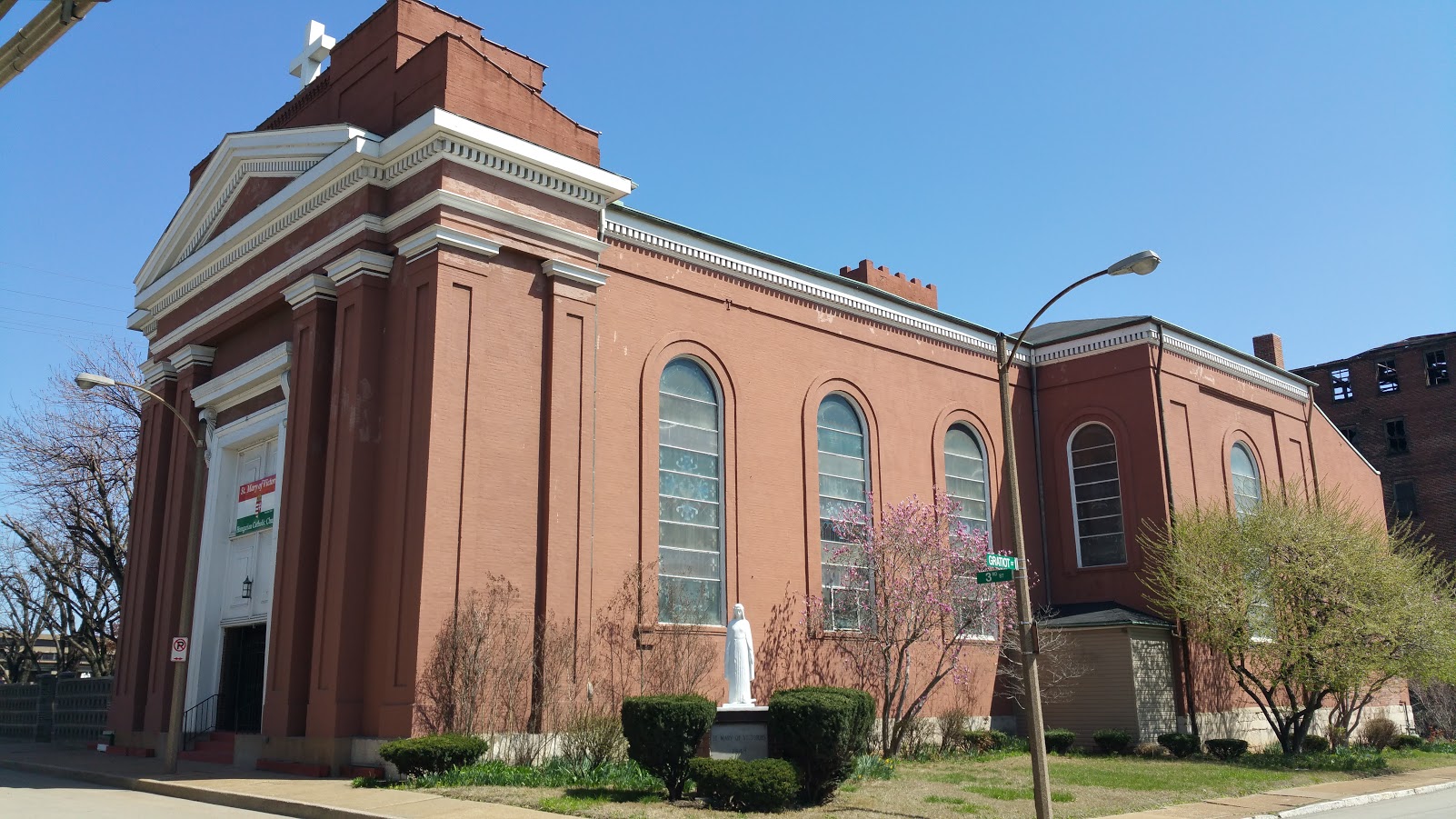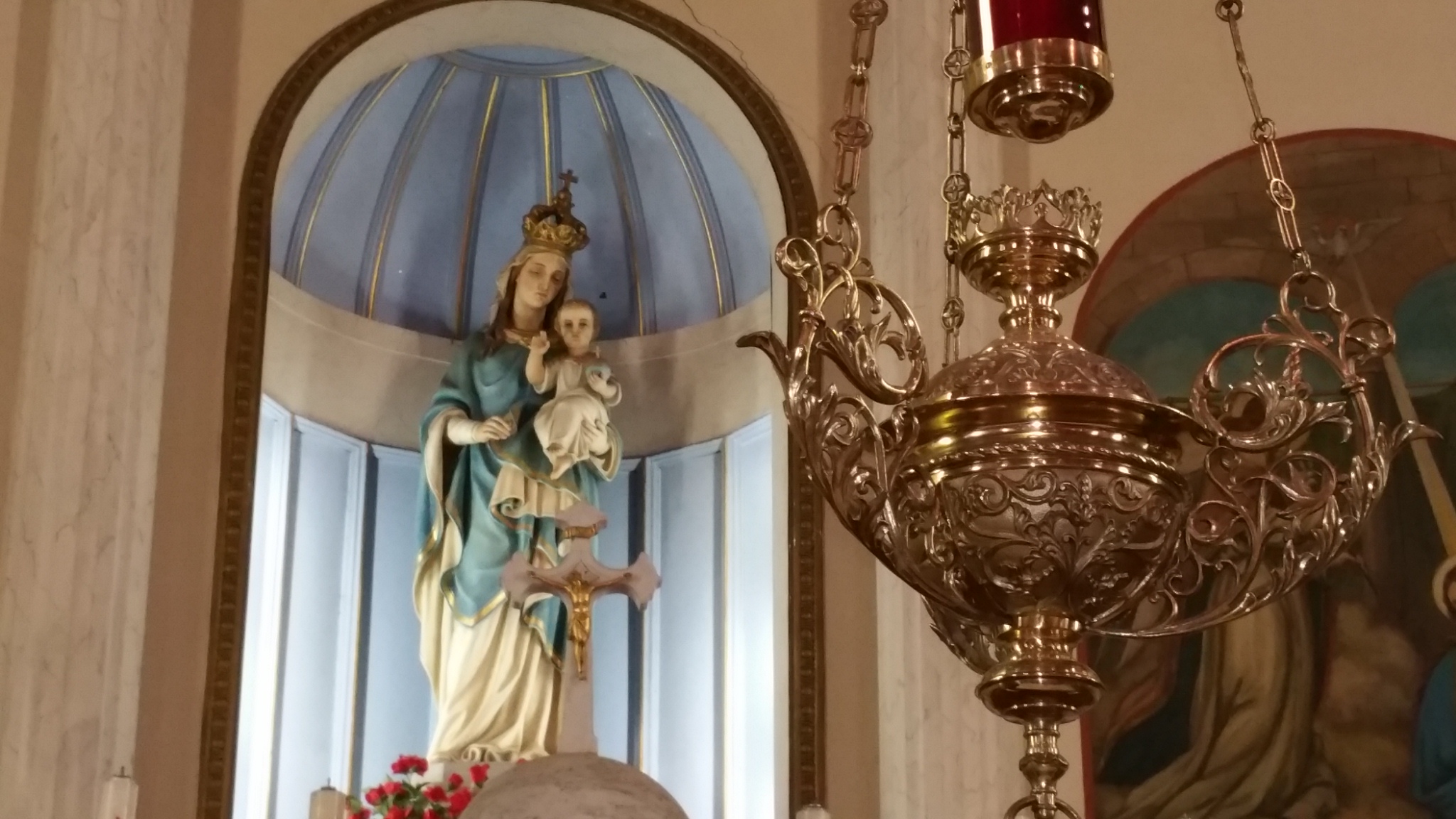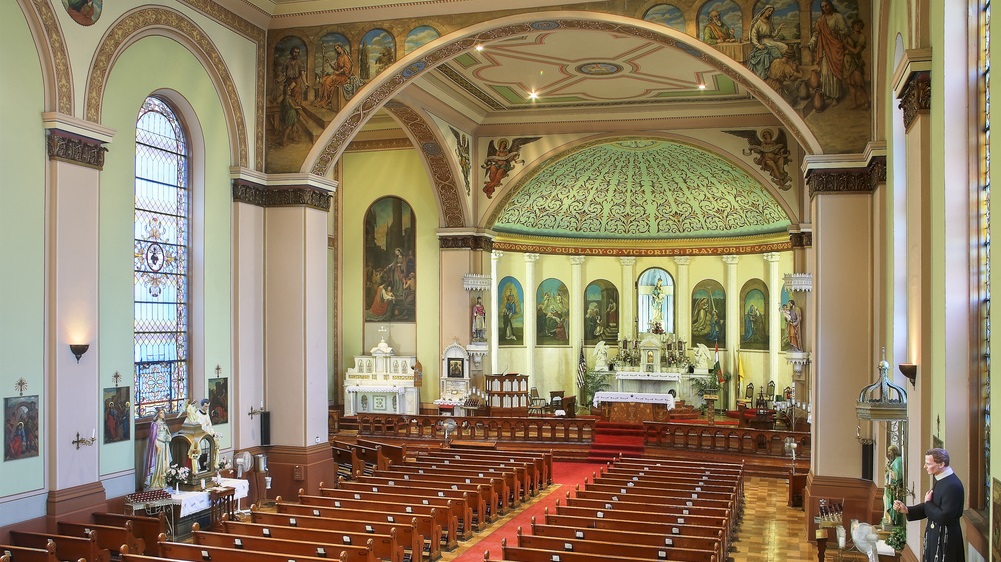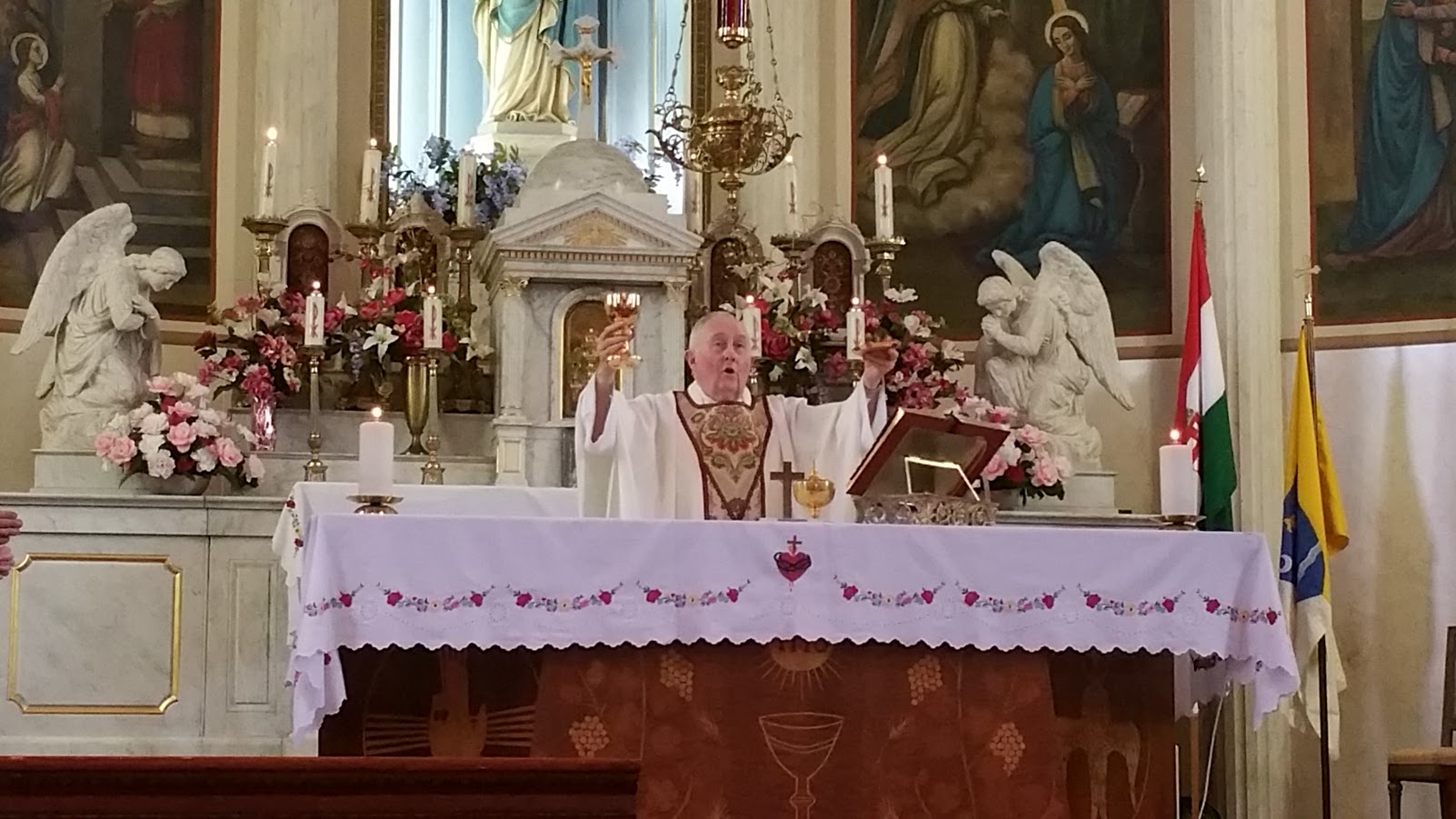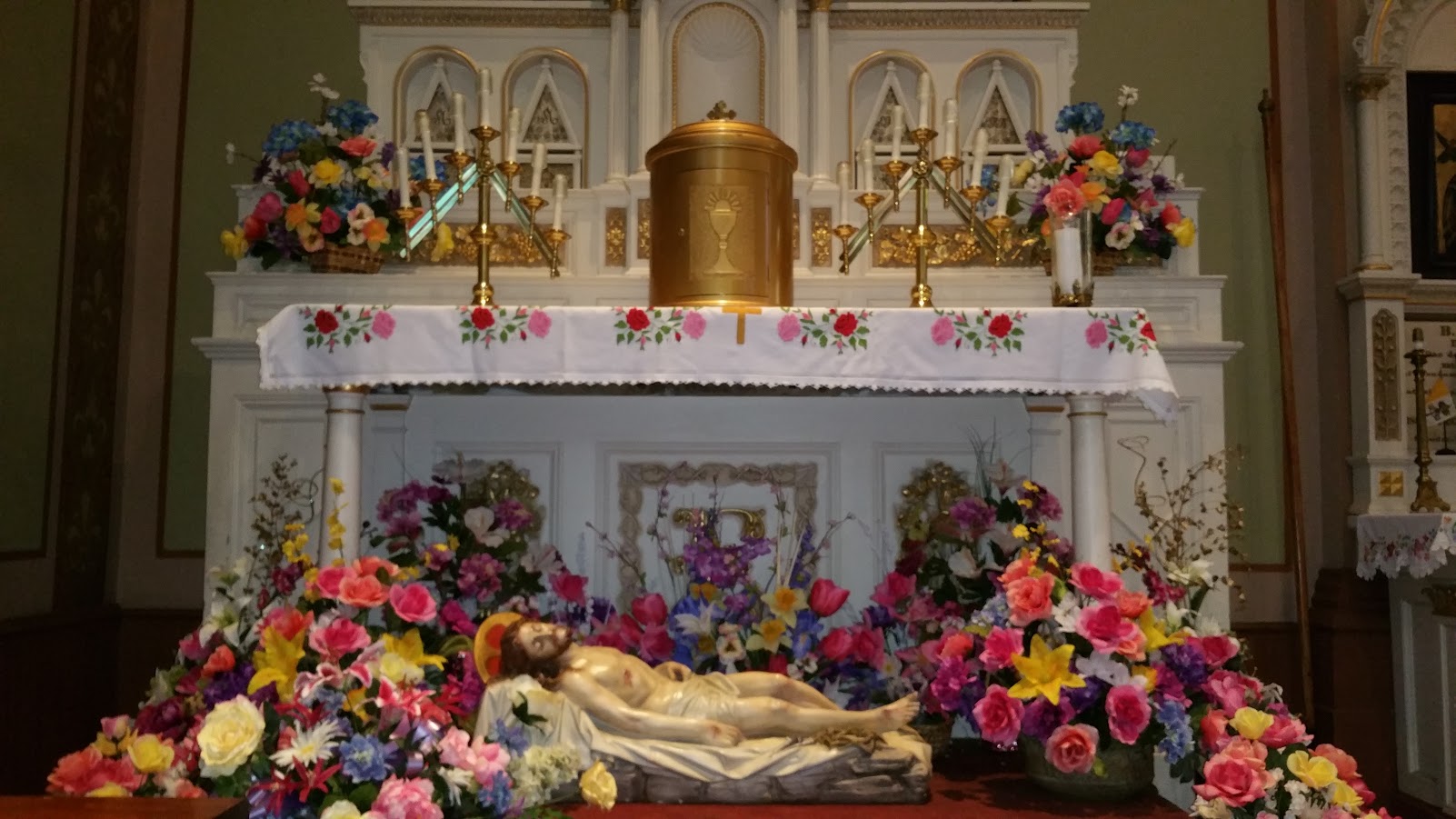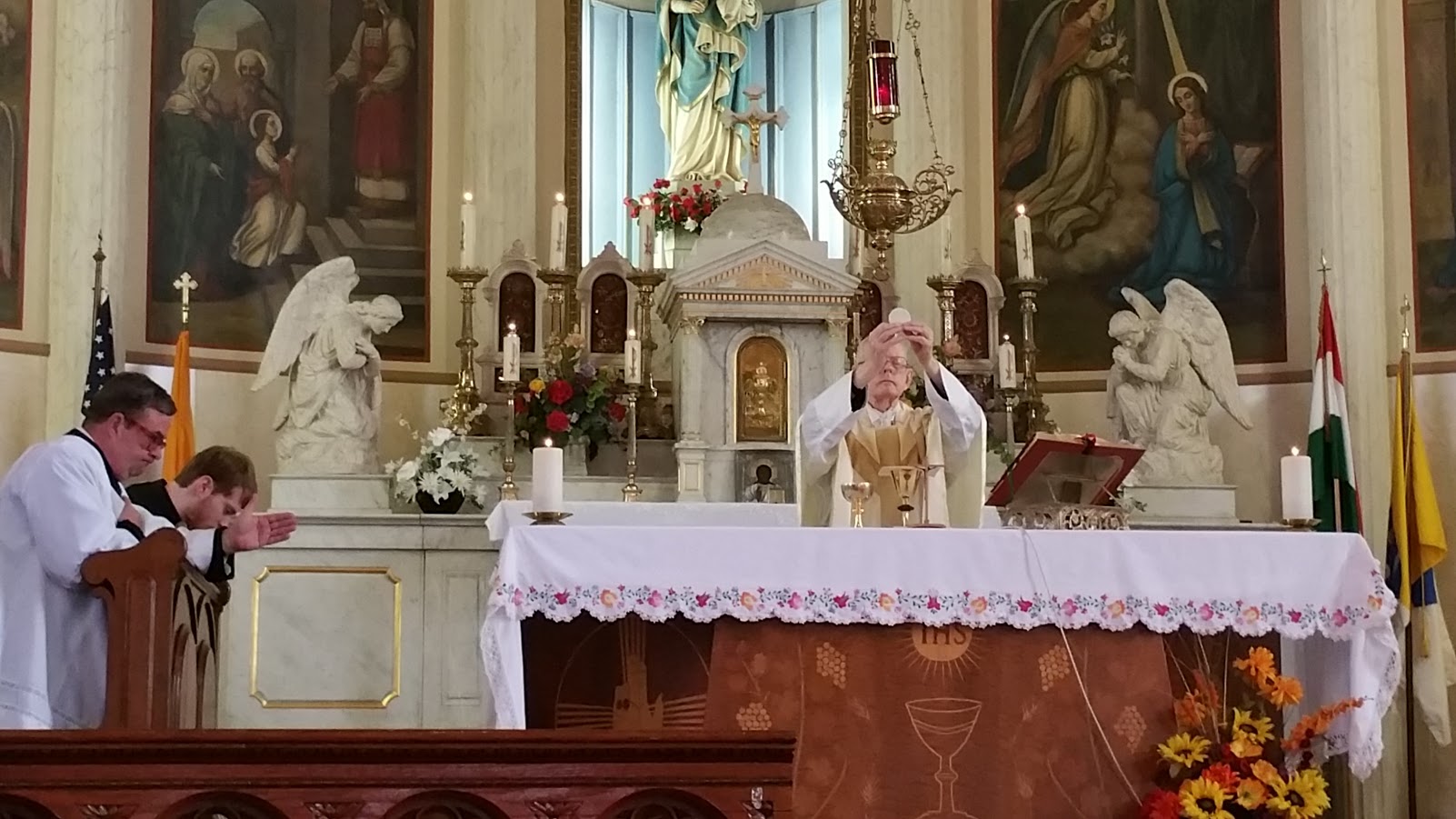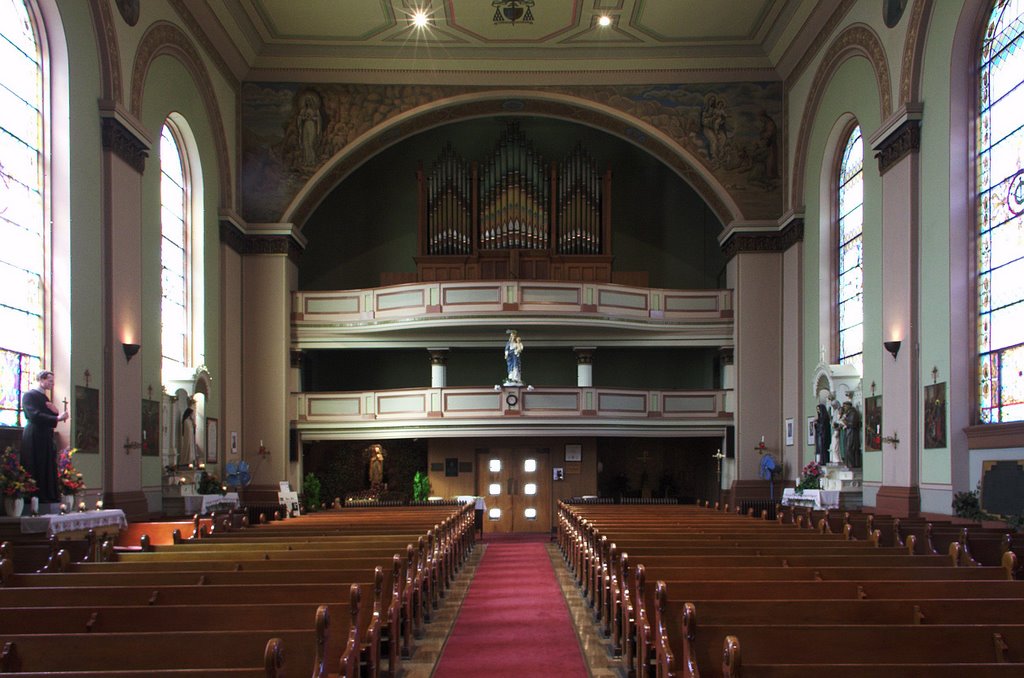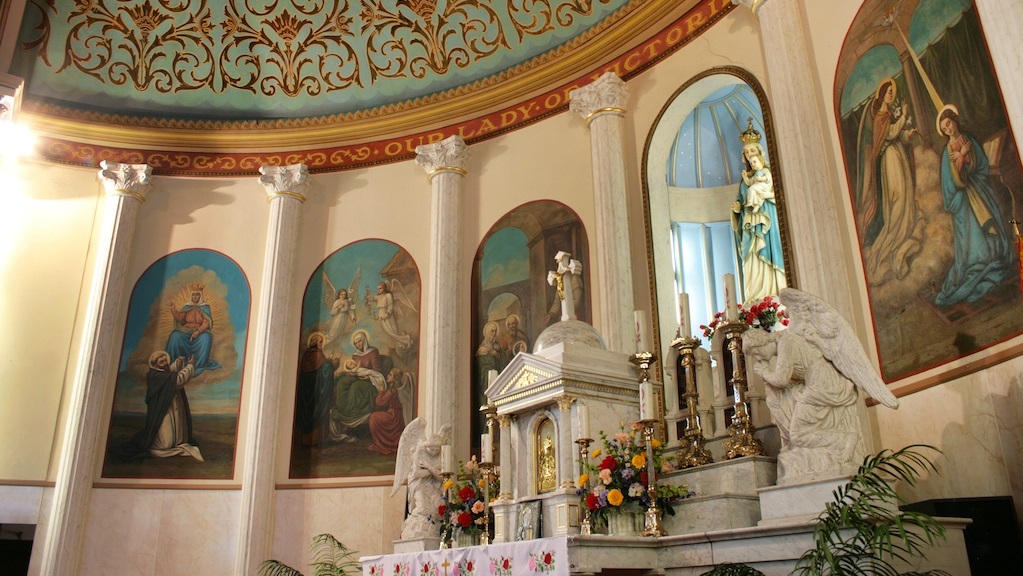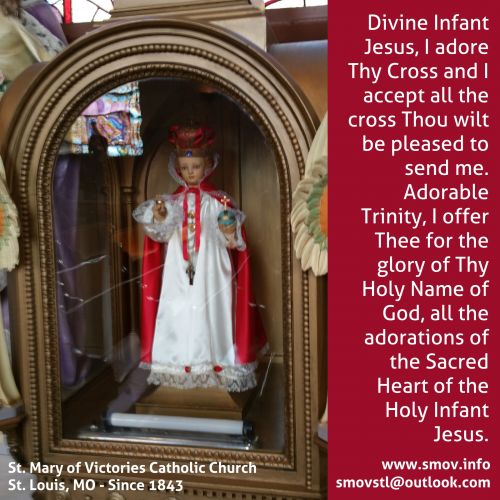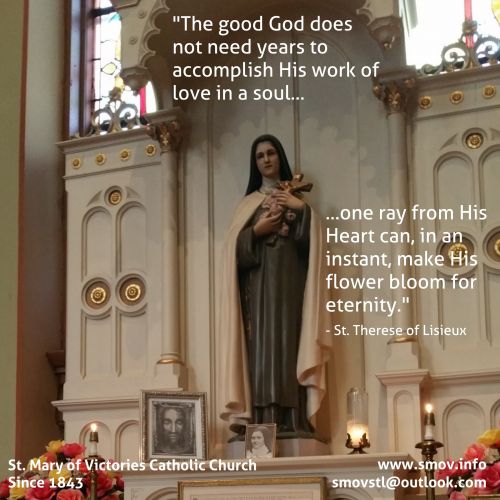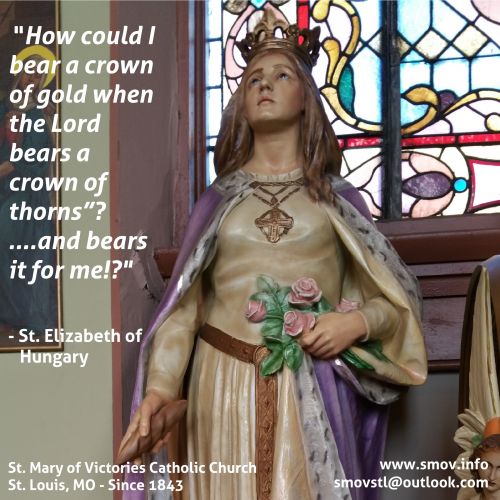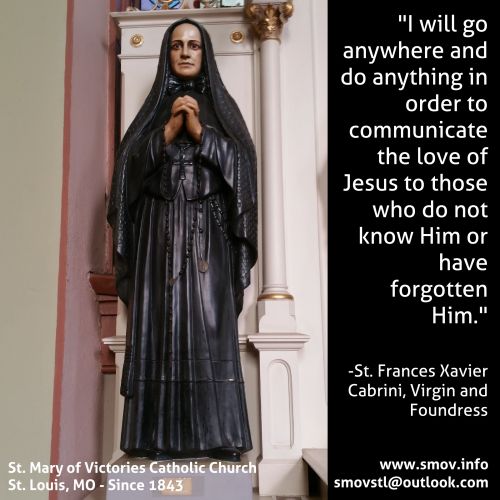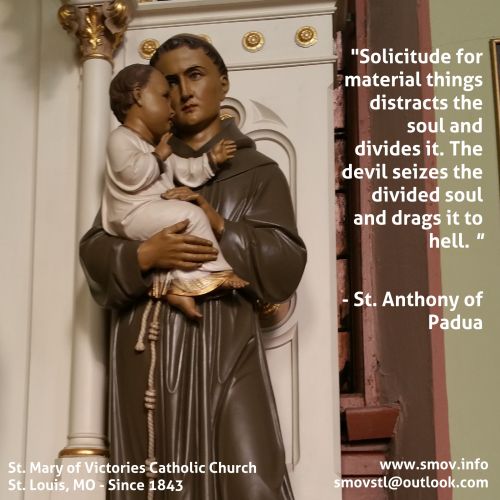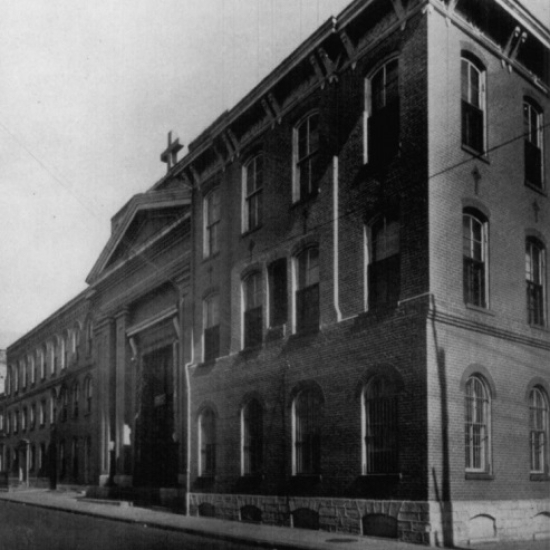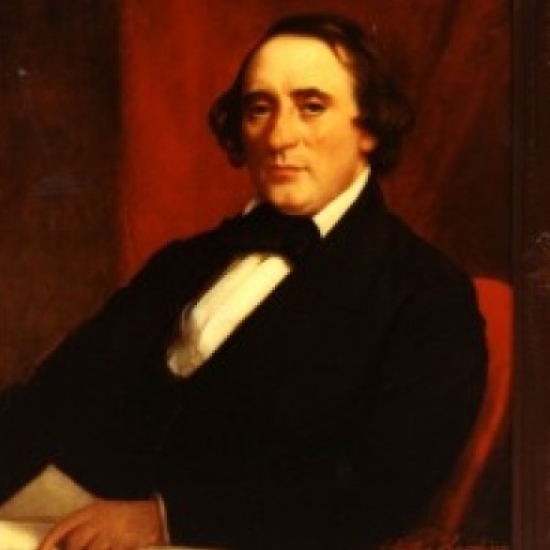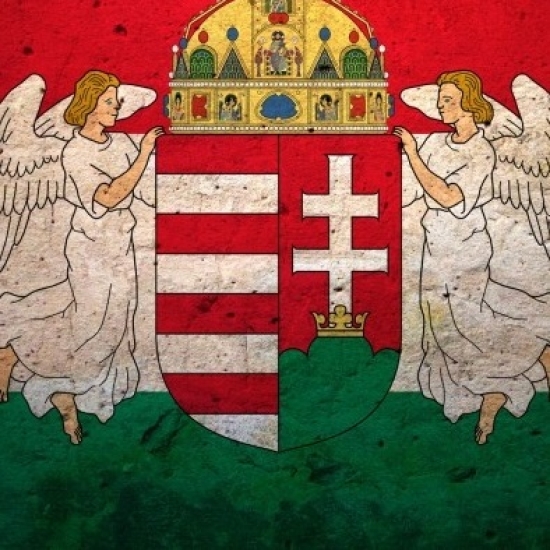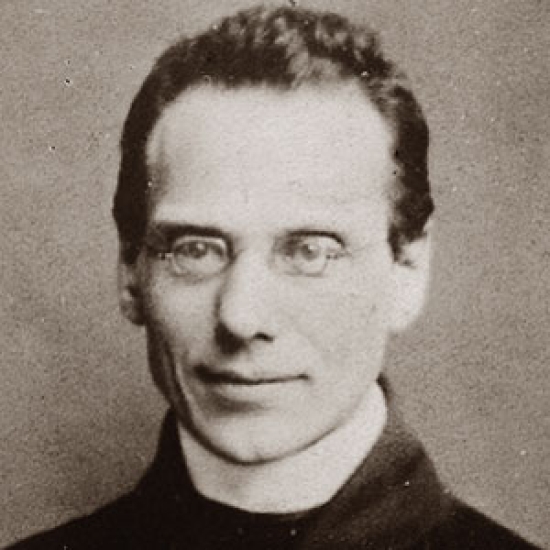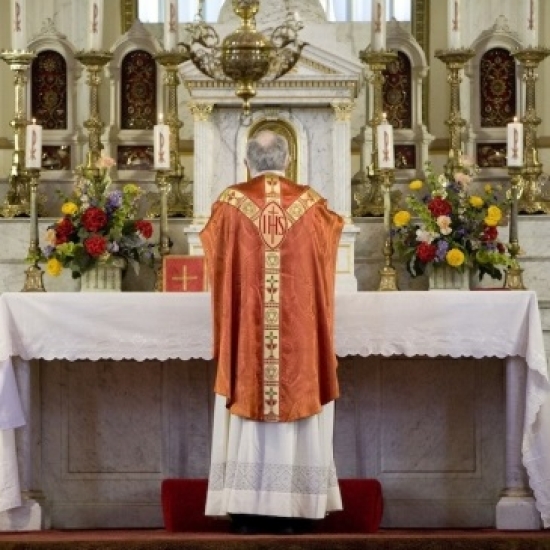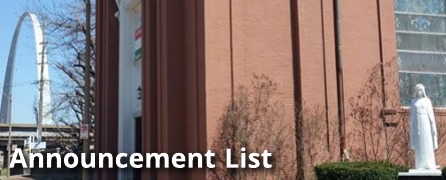25 June 2017, 12th Sunday in Ordinary Time (Year A)
Introit: Dominus fortitudo
Offertory: When I survey the wondrous cross, p. 341
Communion (Year A): Quod dico vobis
Recessional: Lift high the cross, p. 244
Mass XI, PBC p. 58. Credo III, PBC p. 77
The Introit has two phrases, the which a subdivided thus:
- (a) Dominus, fortitudo plebis suae,
(b) et protector salutarium Christi sui est - (a) salvum fac populum tuum, Domine,
(b) et benedic hereditati tuae,
(c) et rege eos usque in saeculum.
Today's Introit begins in a similar manner to Dominus illuminatio, (OF, 10th Sunday in OT; EF, 4th Sunday after Pentecost) and is also cast in the same mode. The usque in saeculum and the preceding (fortitu)-do plebis suae resemble ceciderunt in the former. The present Introit, however, has a very different development and sentiment. The range of the former is from low a to high b♭; here it is only from a to g, beyond which it never goes. In the former there is but slight difference between the individual phrases, and one experiences something almost oppressive—as if the psalm-verse, which speaks of those who descend into the pit, supplied the leading thoughts for the singer. Still, the fourths over (fortitudo) plebis and especially over (pro)-tector, as well as the vigorous accents of suae and rege following the frequent stress of the dominant and the return to the tonic, produce an enlivening effect. They energetically express the thought: We are Your inheritance, Lord, and You shall be our King! Two musical phrases are distinguishable, each beginning with low a and again returning to it after having reached their peak with g.
Here, even more than elsewhere, we must be guided by the text, which is most thought-provoking. In the first part David praises the Lord as the ‘strength of His people’ and gratefully recalls the armor of divine grace which has been bestowed upon him, the Lord's anointed. It is also a prayer of thanksgiving. The second part is a prayer of petition. But the king's petition is not for himself; it is for his people, or, more correctly, for the people of God. He says to His Father: It is Your people, Your inheritance, which You have acquired for Yourself. These words of the second part have been incorporated in the Te Deum, except that in saeculum is replaced by in aeternum. This Introit exhorts us who are assembled for divine service not to think only of ourselves and our own personal needs, but rather of the entire people of God, of that corporate whole to which we are privileged to belong. The solemn annointings at Baptism and Confirmation impress upon us that we are the elect of God, the inheritance which He so dearly purchased at the cost of His own blood. With these sentiments we should sing salvum fac, benedic, and rege.
(Year A) The Communion antiphon has two quick phrases:
- Quod dico vobis in tenebris dicite in lumine dicit Dominus
- Et quod in aure auditis praedicate super tecta
The melody is very succinct and somewhat restrained. It builds from a descent over tenebris to the high point over lumi-ne and au-ditis. We too move from the depths of darkness into the light by hearing the good news of the Gospel and speaking it openly, especially by living it in daily life.
